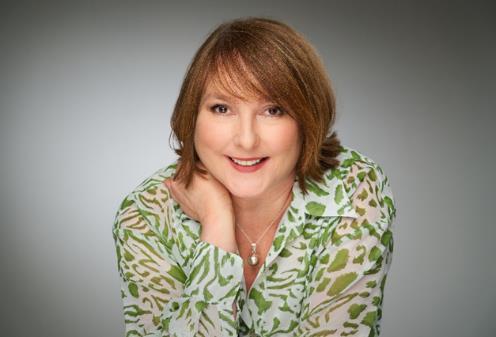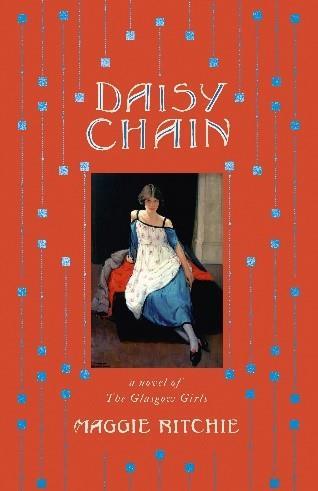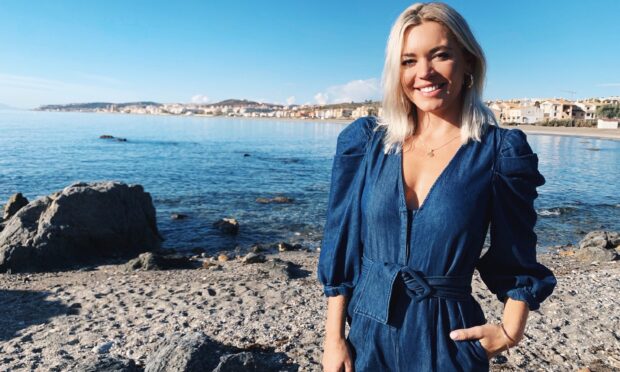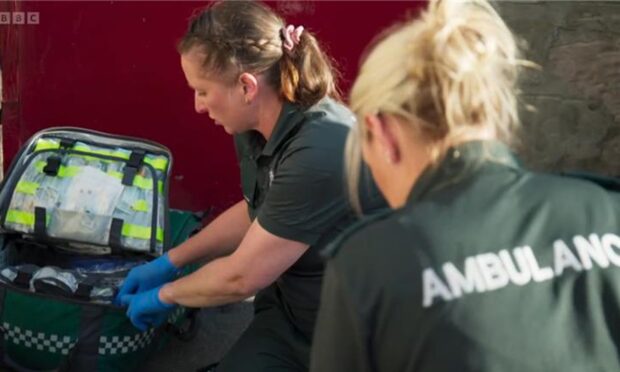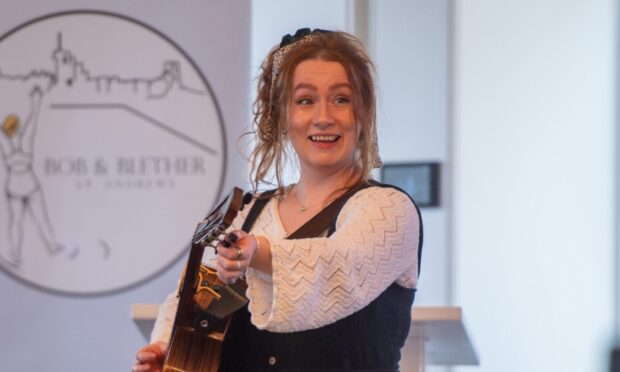Maggie Ritchie is no stranger to adventure. Born in India, the award-winning author and journalist went on to live in Zambia, Venezuela and Spain, enjoying a “free range” childhood as the family followed her father’s diplomatic career around the world.
It is no surprise, then, that her latest novel, Daisy Chain, has travel, adventure and female independence as central themes.
A visual arts lover, Maggie was inspired by the eventful and colourful lives of the pioneering women artists The Glasgow Girls, who were active the turn of the 20th century.
Eleanor Allen Moore
In particular, a self-portrait of artist Eleanor Allen Moore captured her imagination, prompting her to dig deeper into the lives and careers of the Glasgow Girls.
Daisy Chain, which is Maggie’s third novel, is loosely based on these stories. However, the characters and plot are a work of fiction, revolving around two main characters – Lily Crawford and Jeanie Taylor.
Firm friends from their childhoods in Kirkcudbright, the two girls share their ambitions for their futures. Lily wants to be an artist, Jeanie a dancer.
The Glasgow Girls
When Jeanie flees domestic abuse, joining a dance company, and Lily gets into Glasgow’s famous art school “The Mack”, the friends lose touch – but their paths cross again when they’re thrown together into the glamour, and danger, of 1920s Shanghai.
“As part of the research I went to Shanghai for two weeks, on my own”, says Maggie.
“I stayed in the French quarter, which was the same as it would have been in Eleanor’s time when she stayed there – it’s all 19th century architecture and a lot of trees. Being there gave me a sense of what Eleanor would have experienced.
An international life
“I just love immersing myself in different cultures, and my characters always end up arriving somewhere new. I have had a very international upbringing myself, due to my dad’s work.
“I’m Scottish originally, but was born in India, and then we went to Zambia when I was about four-years-old.
“We lived in the bush and I spent my time running around and climbing trees. It was a lovely way to grow up.
Observational skills
“Then we went to Madrid when Franco was still in power, in the mid-70s, followed by a stint in England and then in Venezuela during the oil boom.”
Attending international schools and always being the new girl equipped Maggie with good observational skills that have served her well in her writing career, she explained.
“In order to fit in I had to spend time observing the setting, the language, the social rules. It’s a useful skill, because when you write fiction you have to put yourself in the shoes of your characters. You have to understand what their motives are.”
Journalism
Maggie began writing fiction relatively late in life, after building up her writing skills throughout her journalistic career.
She graduated from Edinburgh University with an English degree before starting off her career at the Press and Journal. Next she moved to the Daily Record and eventually went freelance, allowing her to write for a range of national publications.
An MLitt in Creative Writing at Glasgow University followed in 2012, with her debut novel, Paris Kiss (2015), winning the Curtis Brown Prize. Her second novel, Looking for Evelyn, (2017), was shortlisted for the Wilbur Smith Adventure Writing Prize for Best Published Novel 2018.
Next book
And next in the pipeline is another book featuring an artist, this time set in 1950s Scotland, at the very beginning of the Cold War.
“I’m still tussling with the plot though, so I can’t reveal much about that yet”, laughs Maggie.
